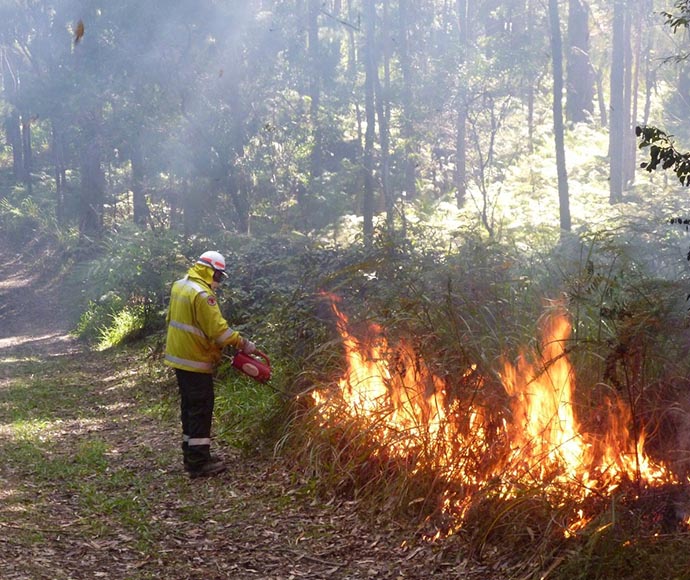We also implement fire regimes that will minimise extinction risk and maintain biodiversity, as defined under the National Parks and Wildlife Act 1974.
These objectives sometimes come into conflict, for example when activities designed to reduce the risk to human life and property increase the risk to natural heritage. The task is complex and expensive.
For this reason, research is directed towards understanding:
- the complexity of the many drivers of fire regimes
- the consequences of altered fire regimes for biodiversity conservation and cultural heritage values
- the extent to which fire management, both strategically and tactically, achieves the aims of risk mitigation in the most cost-effective way.
What are we doing?
The Bushfire Risk Management Research Hub will deliver research to help fire managers develop strategies to achieve acceptable trade-offs between the protection of life and property, human health and environmental values.
Our research will account for future climatic and anthropogenic changes across the diverse landscapes of New South Wales. The department will use this research to define policy directions for planned burning and assist with the implementation of bushfire risk management plans and reserve fire management strategies.

Lighting up Bongil Bongil National Park